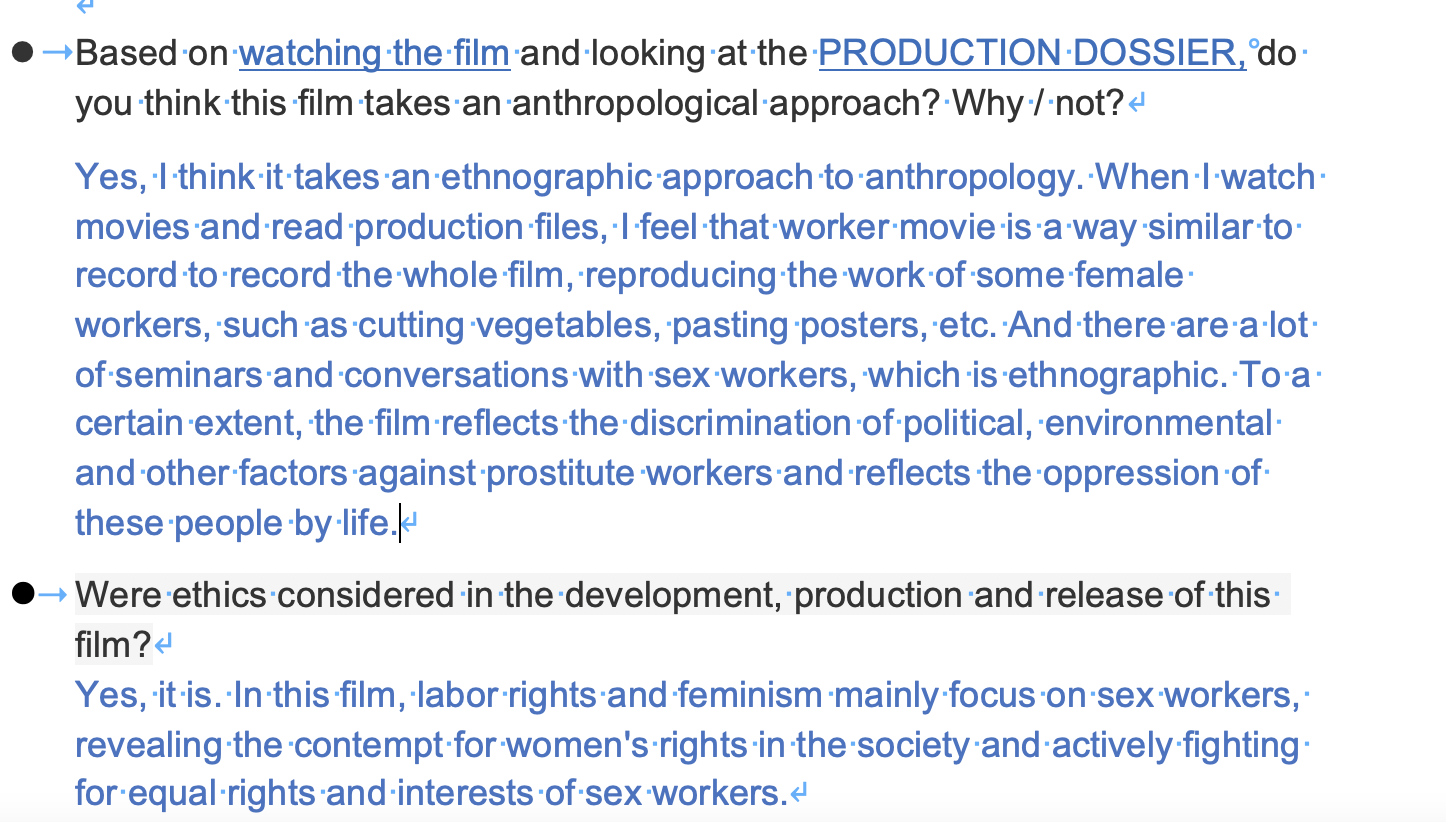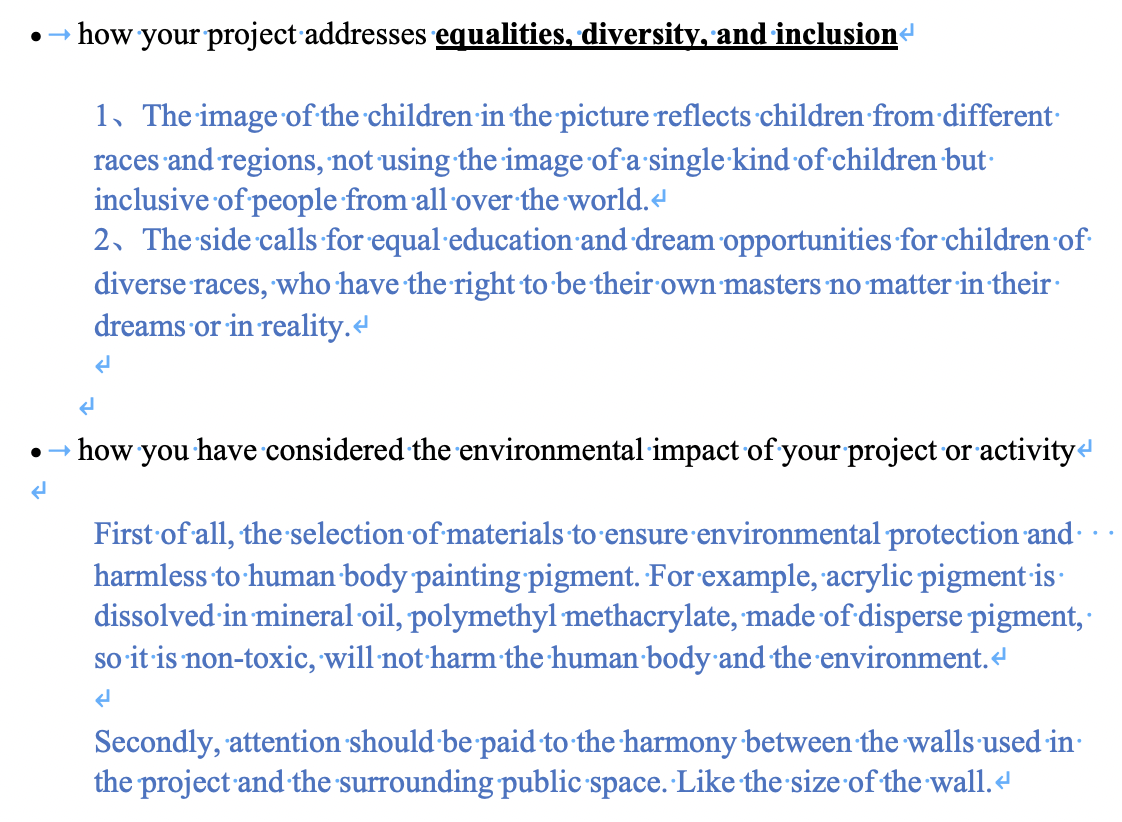This week’s blog contains two parts, one on pre-class preparation and the other on proposal which is discussed in the course.
The first part is the preview before class. In this preview, two terms to know and learn are Emic and Etic. These two words created after the Phonemic and Phonetic uses in linguistics to evoke similar contrasts between them.( Jorion, 1983) “Imported into anthropology in the 1960s, etic came to stand for ambitions to establish an objective, scientific approach to the study of culture, whereas emic refers to the goal of grasping the world according to one’s interlocutors’ particular points of view.” (Mostowlansky, 2020) In anthropology, there are big differences between Emic and Etic perspectives, Emic studies are done from the local perspective as much as possible, whereas Etic studies are done from the perspective of outsiders. And I found a link to a further distinction between Emic and Etic that clearly uses several examples to explain both terms.
In addition, in this week’s reading, I learned that ethnography has four principles: “a) focuses on the culturally contextualized behavior of groups of individuals; b) seeks to link the microcontext of, for example, classroom talk, to the macrocontext of a school, district, and society; c) is guided by a theoretical framework which frames the kinds of situations and research questions that researchers ask themselves; and d) seeks to understand a situation in its own terms as a means of generating grounded (i.e., emic) theory.” (Markee, 2013)
The screenshot below (Figure 1) is my answer to two of the questions before class.
 Figure 1
Figure 1
The last part is about proposals. The art organization of Our group’s proposal is Our Process, which is about turning blank walls into places for public dialogue. Our group’s proposal is based on the theme of Dreams and Aspirations, that is, the art practice project carried out by Our Process in the kindergarten. Our group divided the proposal into three parts in class. My partner and I worked on two questions for the proposal: how your project addresses equalities, diversity, and inclusion and how you have considered the environmental impact of your project or activity. Here are our answers.(Figure 2)

Figure 2
Thanks for reading this week.
Reference list
Jorion, P. (1983). EMIC AND ETIC: TWO ANTHROPOLOGICAL WAYS OF SPILLING INK. Cambridge Anthropology, [online] 8(3), pp.41–68. Available at: https://www.jstor.org/stable/23816293.
Markee, Numa. “Emic and etic in qualitative research.” The encyclopedia of applied linguistics (2013): 1-4.
Mostowlansky, T. & Rota, A. (2020) Emic and Etic. Cambridge Encyclopedia of Anthropology. [Online]

